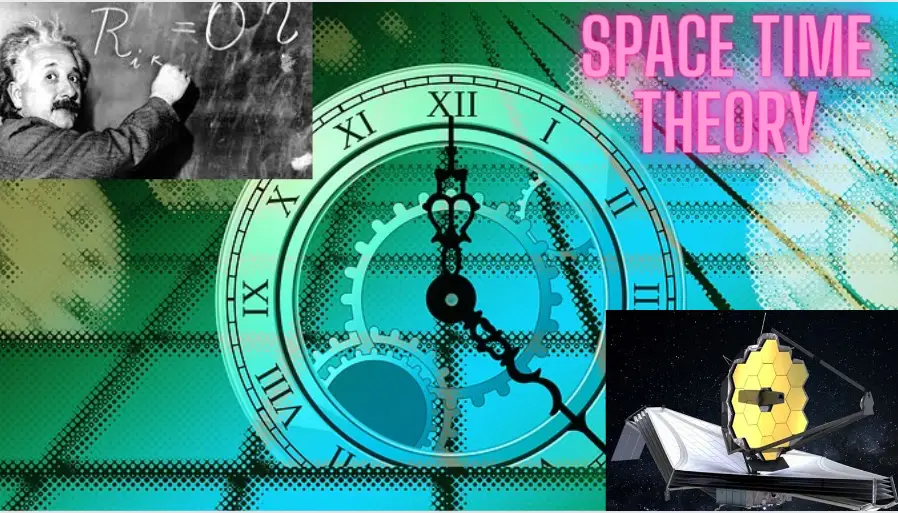Due to the complexity of how the universe functions, only a small number of people have attempted to discover how it functions and rationalize why it functions that way. If anyone has come close to being universally accepted, it’s the legendary physicist Albert Einstein. Einstein developed the theory of relativity, which explains why the universe is expanding. Einstein’s theory of relativity is widely accepted, but what if there was a single device that could break Einstein’s explanation and theory behind the space time model, a device so powerful that it could even break cosmology as a whole? The James Webb Space Telescope may or may not have accomplished this, but it certainly shook what we’ve accepted as the norm for years.
The James Webb Telescope, often known as jws tier. The James Webb Telescope is a space telescope that will be launched on December 25, 2021. It is the largest optical telescope in space, surpassing the Hubble Space Telescope, which was launched in 1990. The James Webb Telescope conducts infrared astronomy, a branch of astronomy that focuses on the observation and analysis of celestial objects using infrared light. Infrared astronomy is particularly useful for revealing and studying star clusters or large groups of gravitationally bound stars. Infrared telescopes are also better at detecting the universe’s earliest galaxies. In fact, the cosmic background Explorer or cope satellite and the Wilkinson microwave anastrobi probe or W map, which both use infrared, detected the heat signatures of the Big Bang approximately 380 000 years after it occurred. Just weeks after its launch in late December 2021, the James Webb Telescope captured images that may imply the Big Bang did not occur, or at least did not occur in the way that physicists and astronomers believed it might have occurred.
According to the Big Bang Theory, the event that began everything occurred 13.8 billion years ago. However, the James webbed telescope captured photos of newly discovered galaxies that were smooth, small, and ancient. How does this relate to the Big Bang Theory and the space-time model? Usually, galaxies and other astronomical objects appear large even if these objects are rolled because the light from light years ago is only reaching the lens of these telescopes now, as most people know when we look up at the sky, what we see are the lights of stars that may have died off years and years ago, but their light Still Remains as it only reaches our sights now because these new telescopes have been developed. These new galaxies are approximately two to three times closer to the James Webb Telescope than those spotted with the Hubble Telescope.
These galaxies also exhibit redshifts, which tell us that they have traveled further than most galaxies due to the ever-expanding nature of the universe. Since the universe is constantly expanding, the farther an object is, the longer it has existed in the universe, and in this case, the scientific community hypothesizes that these galaxies may even predate 13.8 billion years ago. The Big Bang Theory speculates smooth universes also contribute to why the Big Bang Theory therefore the space-time model may not be possible because everything started from a single point and then expanded afterward many of the galaxies must have collided with one another when universes collide dense could form and unnoticeable from telescopes like the James Webb Telescope, but the galaxies discovered from the telescope display all the smooth galaxies.
The Big Bang Theory is controversial, but there are numerous accomplishments that the James Webb Telescope has accomplished that no one can deny. The initial images sent by the James Webb Telescope were released on July 12, 2022, the day before NASA released the list of observations that telescope has made, which includes Karina nebula, a young star-forming region called NGC at 3324 displaying Cosmic Cliffs or mountain-like shapes about 8,500 light years from Earth.
![]()
